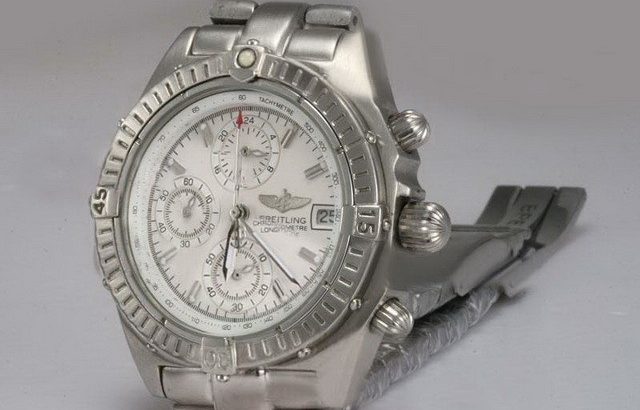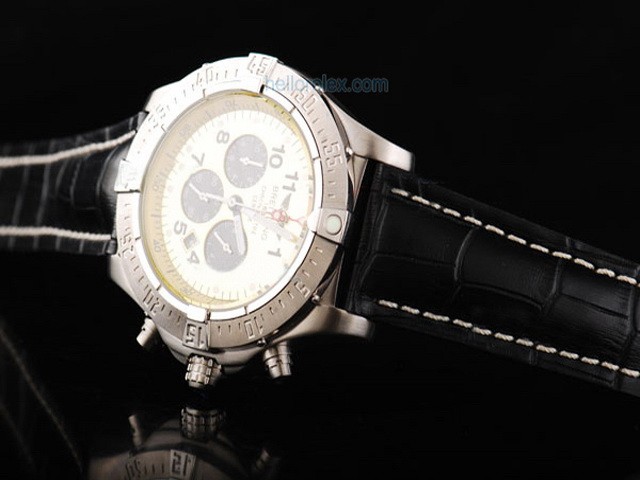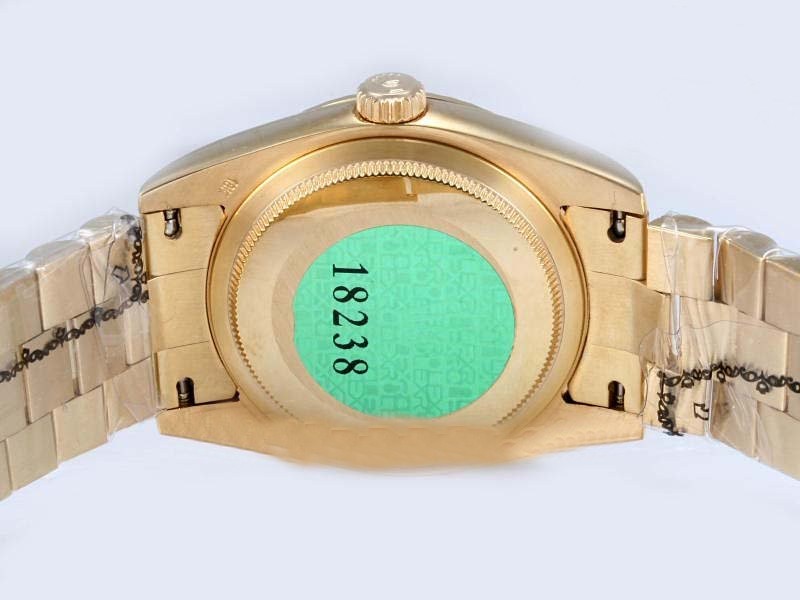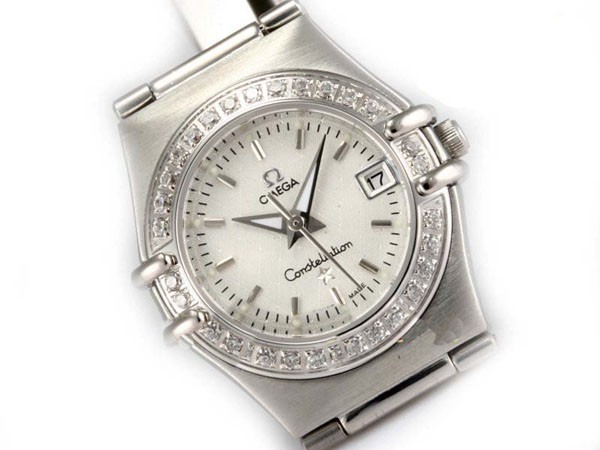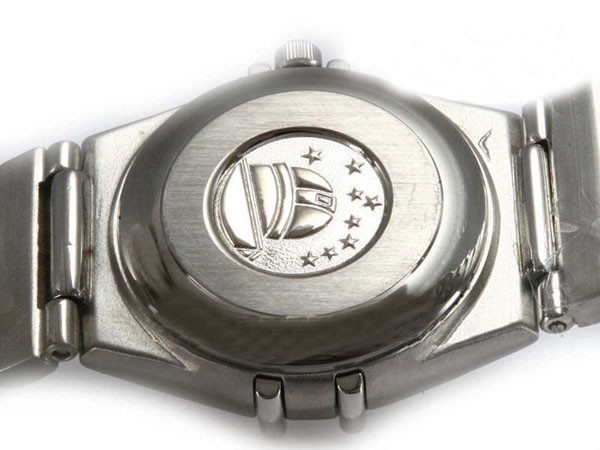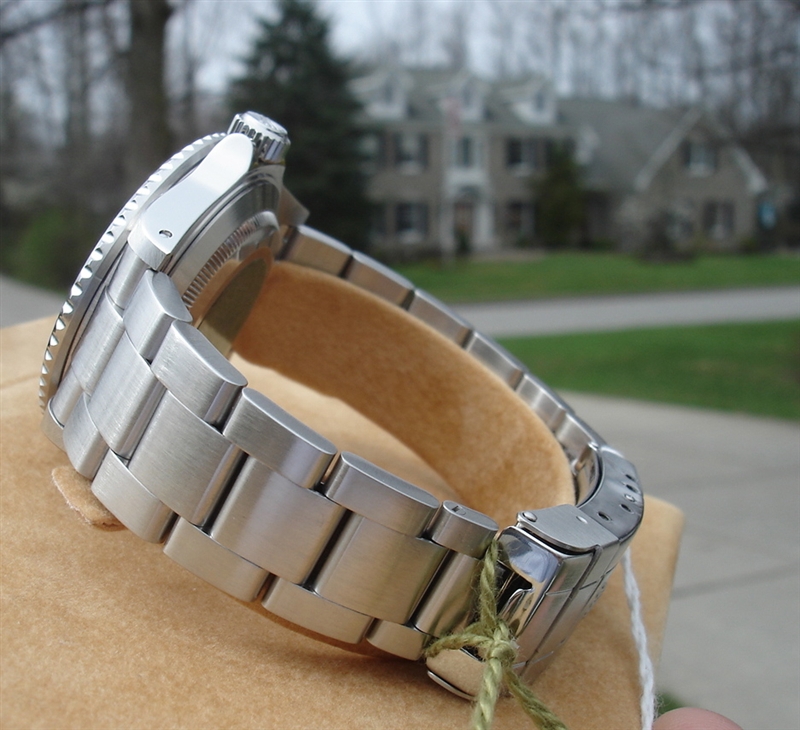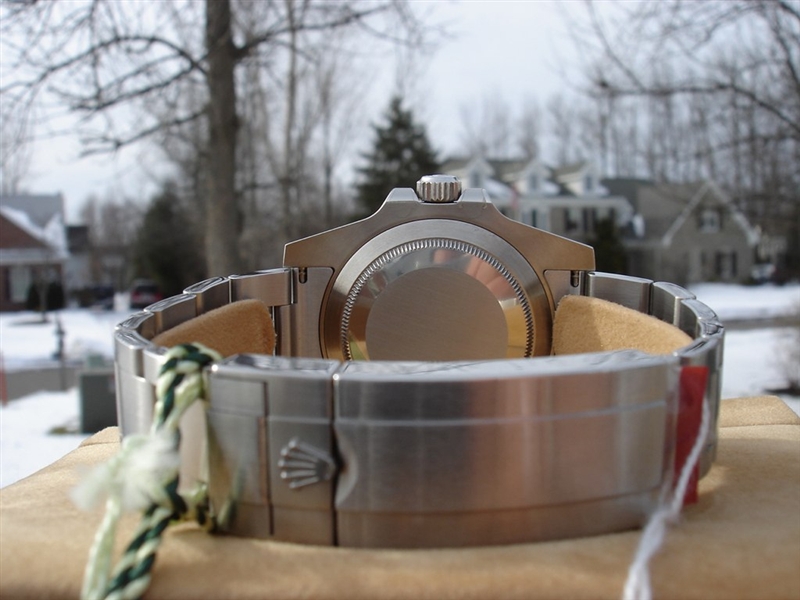This may be a bit hard to believe, but there are still several Rolex models that can be described as understated. If all you are used to looking at are the newest versions of pieces such as the Submariner, Daytona, or GMT-Master II, we can see why you would be doubtful, but it is true. Delving into the archives, there are hosts of used Rolex replica watches that, for one reason or another, have remained relative bargains. This may be because they have never had the most famous name, so only call for a more segmented group of fans, or it is a version that has been produced on the market for so long with countless examples, and could be something else entirely. 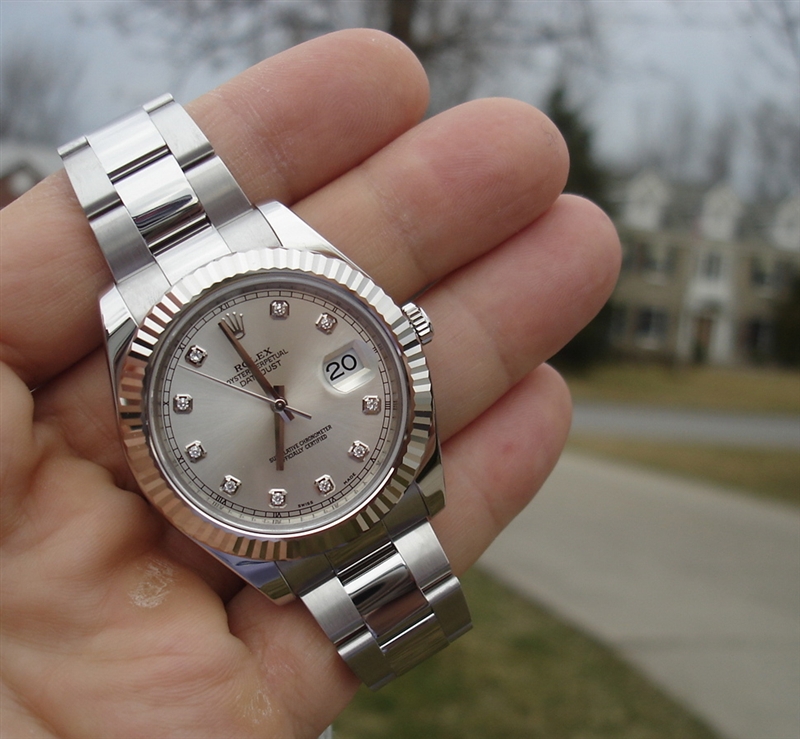
However, one thing we are pretty sure of is that they are unlikely to stay undervalued forever. The vintage Rolex industry just gets stronger and stronger each year, with collectors always seemingly on the hunt for the more obscure pieces for their exclusivity factor. Today’s underappreciated model could well be tomorrow’s next big thing. Below we look at three used Rolex watches that are currently undervalued on the pre-owned market. If you’ve been following these models for a while, it’s wise to add them to your collection as soon as possible.
Maybe the most obvious example of an undervalued model, the Air-King ref. 5500 easily meets two of the most important criteria. It lives amongst those watches sometimes referred to as the ‘forgotten Rolex’ and it remained in production for an incredible 37-years. That means you will find some of them for sale, and often at extremely reasonable prices.
The fourth generation of the Air-King range, it was firstly launched in 1957 and is the one that cemented the classic look of the watch – a 34mm steel case, with an aesthetic that is simplicity itself. Dial colors kept to the conservative end of the spectrum; white, black, silver, blue, and grey, with plain stick hands and baton indexes. Not even a date function interrupted the symmetry.
During its near four-decade run it was issued with two different calibers, the Cal. 1520 and Cal. 1530. As neither was COSC-rated, you won’t find a ref. 5500 with the usual ‘Superlative Chronometer Officially Certified’ text on the face. On the contrary, they are marked with ‘Precision’ or ‘Super Precision’ in the special space below the hands.
The largest draw of the ref. 5500 has always been its clean. This is old-school fake Rolex, the type of fake watch they rarely make anymore. This car is sturdy, but still very elegant, and it’s the right size for men and women everywhere. On top of that, the historically engrossed model is the cheapest of any used Rolex, old or modern, which is definitely a factor to consider.



